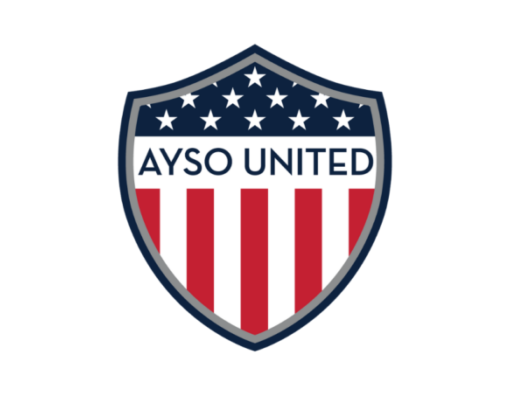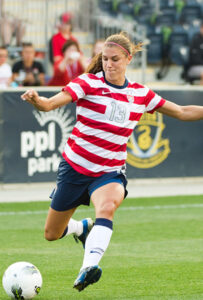PLAYSOCCER Spring 2018 – Clif Kid
Protein is a big deal, not just for building strong bodies, but also for regulating a young athlete’s appetite. Pediatric dietitian and nutritionist Jill Castle has four simple tips to help young athletes reap the rewards from protein.

Jill Castle, MS, RDN, is a pediatric dietitian/nutritionist and author of Eat Like a Champion: Performance Nutrition for Your Young Athlete. She pens The Nourished Child blog and is the voice behind The Nourished Child podcast.
All children need protein in their diets to grow and stay healthy, but there’s more to protein than building and repairing muscles. Most nutrition experts agree that getting protein from food is the ideal strategy for young, growing athletes. It tastes great and also helps to keep hunger at bay. Here are four ways to punch up the protein in a young athlete’s diet:
- Include a Protein Source at Each Meal
When planning meals, choose a protein source and then build the meal around it. There are many protein-rich foods to choose from: meats like beef, lamb, chicken, and other poultry sources; fish; beans, and products made with beans like hummus and other bean-based dips; eggs; milk; soymilk; cheese; yogurt; and nuts and nut butters. Protein can also be found in some vegetables and in grains such as bread, cereal, and quinoa. - Step Up the Snack Quality

Kids often snack on less than nutritious options, and little athletes are no exception. Adding a source of protein to
a snack not only improves its nutritional quality, it helps to evenly distribute protein throughout the day. This helps to quell hunger and keep the momentum of growth and repair in motion. A bowl of cereal and milk, cheese and crackers, half a peanut butter and jelly sandwich, or a CLIF Kid Zbar® Protein bar all make for balanced, satisfying, and nutritious snack options. - Focus on the Protein Distribution
The timing of protein consumption is a key factor for a young athlete. It’s when the magic happens, like that feeling of fullness after eating (which can mean fewer requests for more snacks!). Offer your kids protein with meals, as well as snacks every three to four hours to optimize growth and development. - Add Milk or Soymilk to the Routine
Milk and soymilk offer about eight grams of protein per cup and, when added to the food routine, make for an easy protein option. Both offer an additional punch of nutrition in the form of calcium and vitamin D, which are important nutrients for bone growth and strengthening. If your little athlete is allergic to milk or soymilk, try a pea protein- based milk, which also contains protein, calcium, and vitamin D.
The ideas and suggestions written above are provided for general educational purposes only and should not be construed as medical advice or care. The contents of this article are not intended to make health or nutrition claims about our products. Always seek the advice of a physician or other qualified health provider before beginning any physical fitness or health- and nutrition-related activity.
- Nutritional Concerns for the Child and Adolescent Competitor. Heather J. Petrie, MS, Elizabeth A. Stover, MS, and Craig A. Horswill, PhD From the Gatorade Sports Science Institute, Barrington, Illinois, USA.
- Beneficial effects of a higher-protein breakfast on the appetitive, hormonal, and neural signals controlling energy intake regulation in overweight/obese, “breakfast-skipping,” late-adolescent girls. Leidy HJ, Ortinau LC, Douglas SM, Hoertel HA. Am J Clin Nutr. 2013.
- A high-protein breakfast prevents body fat gain, through reductions in daily intake and hunger, in “Breakfast skipping” adolescents. Leidy HJ, Hoertel HA, Douglas SM, Higgins KA, Shafer RS. Obesity. 2015.
- Dietary Protein Distribution Positively Influences 24-h Muscle Protein Synthesis in Healthy Adults. Mamerow MM, et al. J Nutr. 2014.
- Protein consumption and resistance exercise: maximizing anabolic potential. Phillips SM. 2013. From the Gatorade Sports Science Institute, Barrington, IL. https://www.gssiweb.org/en/sports-science-exchange/article/sse-107-protein-consumption-and-resistance-exercise-maximizing-anabolic-potential
- Nutrition and elite young athletes. Jeukendrup A & Cronin L. Med Sport Sci. 2011.

























